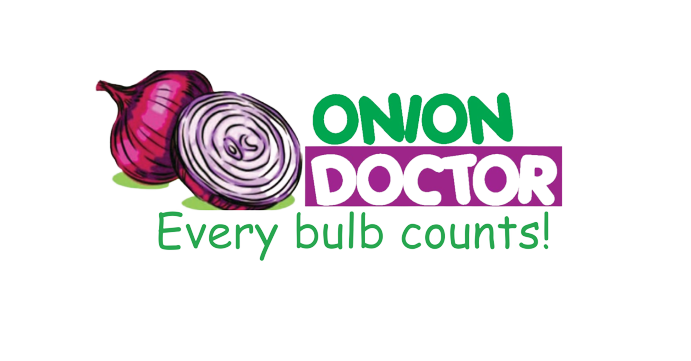Onion Farming in Kenya: A Comprehensive Guide for Small-Scale Farmers

Are you in need of in-depth knowledge on onion and garlic production? If yes, we are a call away. Our service chatter includes: Onion seedlings, Garlic seedlings, Farm planning services, Soil testing, Drip irrigation installation and maintenance, Agronomic support, Onion and Garlic value pack and Farm management. For free consultation, placing orders or booking a visit with an agronomist, please contact us via Call or what’s app +254703982228, Email: Info@oniondoctor.co.ke.
Small-scale onion farming is gaining popularity among Kenyan farmers and entrepreneurs due to its promising returns and manageable capital investment. Red bulb onions, in particular, offer lucrative prospects with returns per acre soaring. Whether on open gardens or within greenhouses, bulb onion farming in Kenya holds significant potential. Let's explore the essential steps and considerations for successful onion farming, optimized for profit and sustainability.
Optimal Timing and Planting: Before diving into onion farming, understanding the best planting time is crucial. This ensures synchronization with market demand and favorable weather conditions. Planting schedules vary depending on the region, allowing farmers to maximize yields and profitability.
Steps for Bulb Onion Planting: Seedbed Preparation: Create 4-feet full rows spaced 10 to 15cm apart for planting onion seedlings. Make 1cm deep furrows and fill them with a sand-seed mix. Seedling Care: Plant seedlings and water regularly until sprouting occurs. Maintain the seedbed for 8-10 weeks, applying manure (15 kilos per square meter) and liquid fertilizer after a month. Transplantation: Transplant seedlings when they reach six years old and 15cm in height. Cluster seedlings and transplant to the field, spacing them 8cm apart to optimize bulb size.
Fertilization Techniques: Incorporate fertilizers to enhance onion quality and yield. Bulb onions have shallow roots, requiring adequate nutrient supplementation. Apply recommended fertilizers to achieve optimal growth and development.
Effective Irrigation Practices: Implement drip irrigation with 4cm emitter spacing for efficient water management. Onions require consistent moisture levels (3 to 5mm per day), and plastic mulching helps retain soil moisture while suppressing weed growth. Avoid overhead watering to prevent fungal diseases.
Combatting Fungal Diseases: Address fungal infections promptly by using natural remedies like pawpaw leaf extract or copper sprays. Conduct soil tests to identify deficiencies and administer necessary foliar feeds (e.g., boric acid) to optimize onion health.
Harvesting Techniques: Plan harvesting based on dry weather conditions, typically every four months. Timing is critical for optimal onion maturity. Once mature, harvest onions and dry them thoroughly before storage to preserve quality.
Challenges and Solutions in Onion Farming: Excessive Water: Manage waterlogging by planting during short rains or using raised beds to facilitate drainage. Disease Management: Combat diseases like Downy Mildew and Botrytis with herbicides and homemade treatments. Pest Control: Address pests such as thrips and maggots using approved pesticides to protect onion crops. Weed Management: Employ plastic mulching or manual weeding to control weed growth and optimize yields. Price Fluctuations: Strategize planting times to coincide with market demand, minimizing the impact of supply fluctuations.
Partnering with Onion Doctor: For smallholder farmers seeking expert guidance and support, Onion Doctor offers a range of services including quality seedlings, farm planning, soil testing, drip irrigation installation, agronomic support, and on-farm training. By leveraging Onion Doctor's expertise, farmers can optimize yields, enhance profitability, and navigate the complexities of onion farming effectively.
